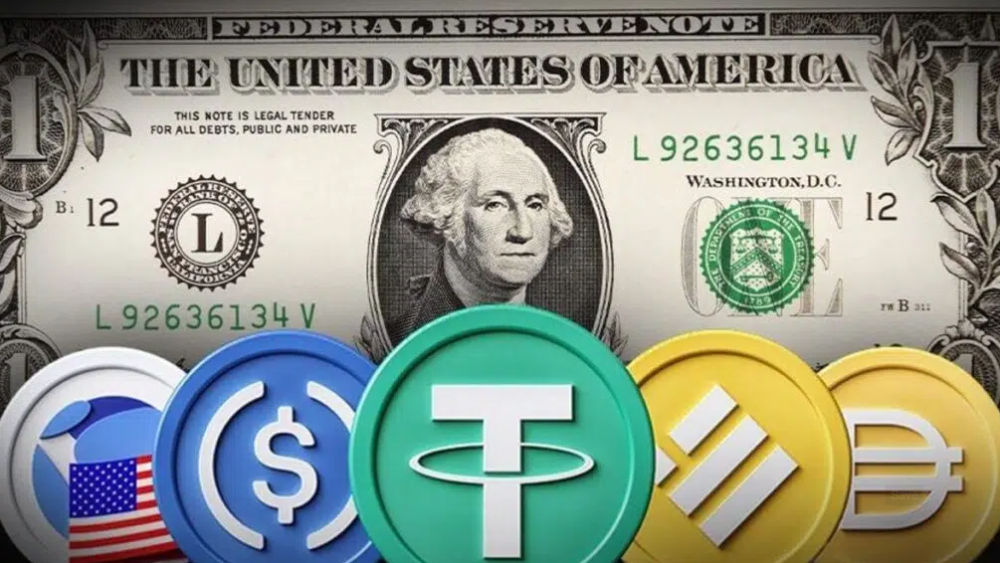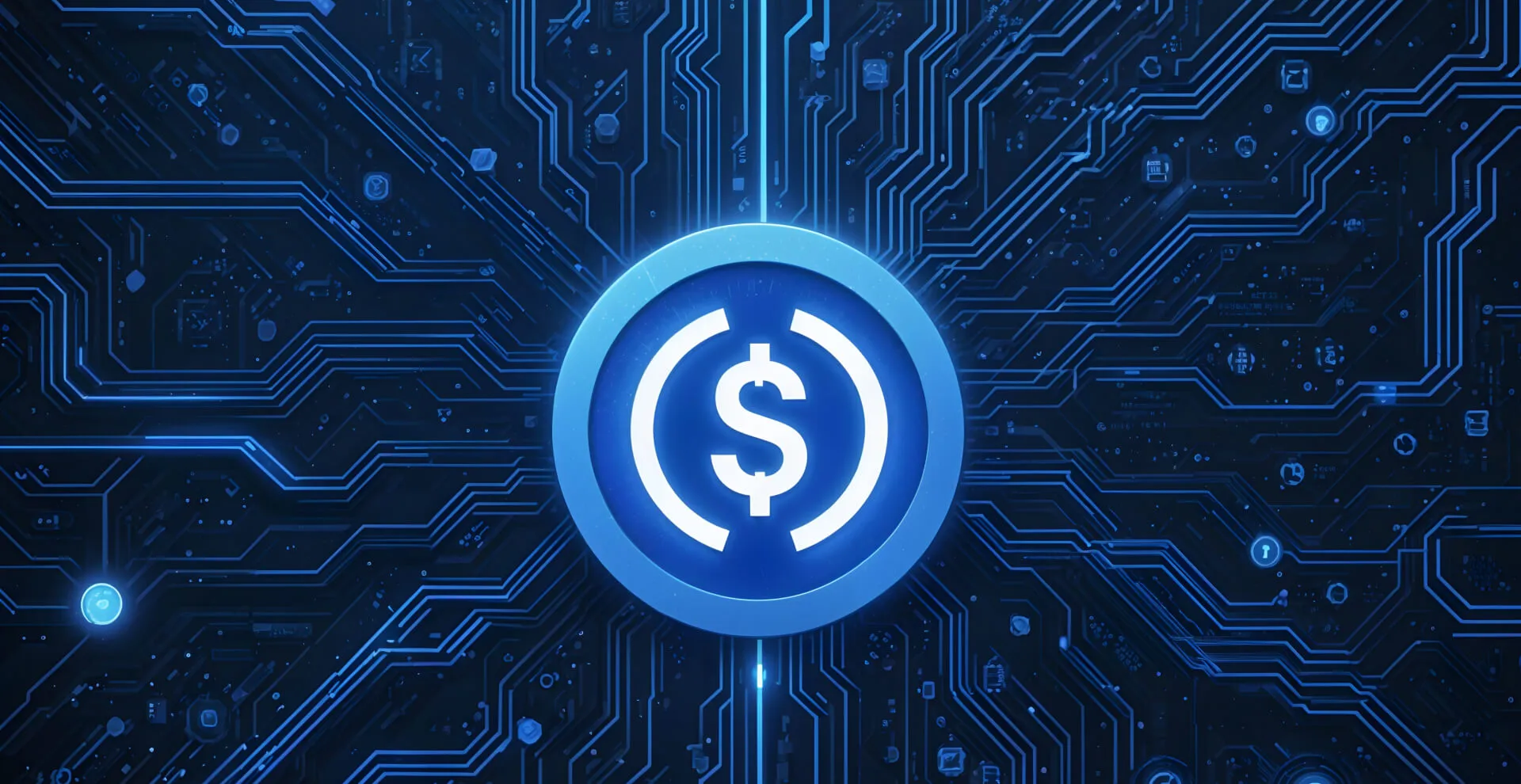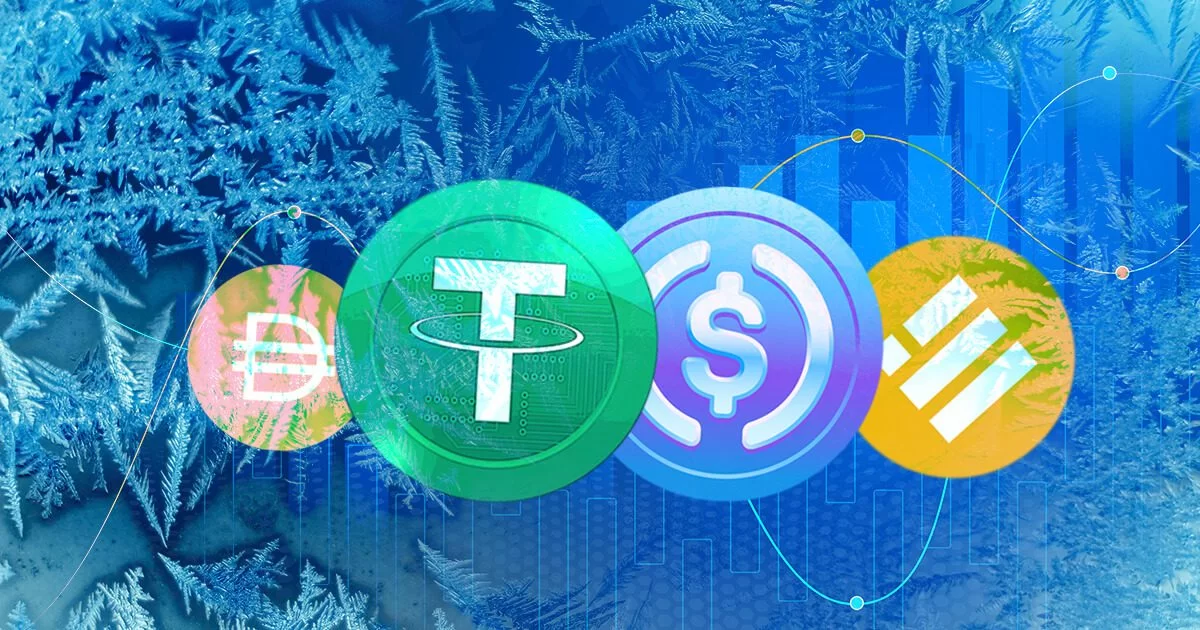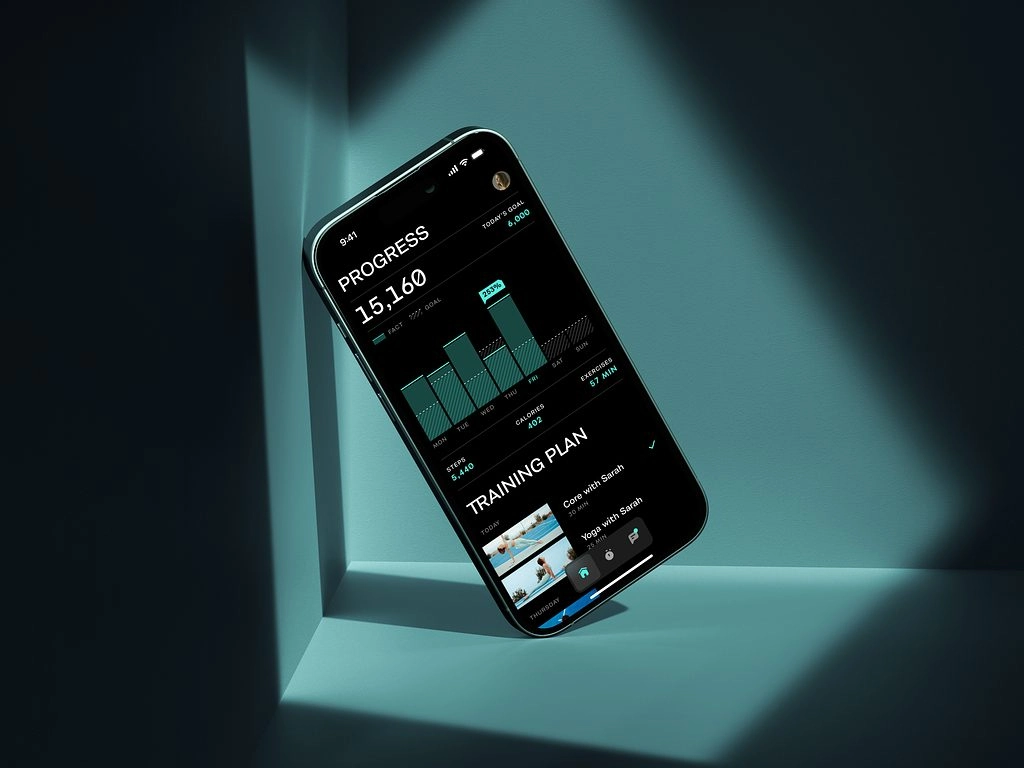Over the years, stadium half-time shows have evolved into a multi-million dollar spectacle wherein numerous chart-topping musicians perform for tens of thousands of fans, both in-person and virtually. While the end result is visually captivating, there is often little insight into the financial or logistical frameworks that artists utilize to negotiate fees – payments disburse through convoluted funnels, fans have scant say over which artist performs, and viewership is often capped at an arbitrary threshold. This can transform with stablecoin payments to artists and token gated access to half-time shows. Now, with blockchain tech, organizers can offer exclusive live performances gated behind ownership tokens, and artists can be paid instantly and inevitably using stablecoins. This opens a new era of financial transparency, engagement, fan participation, and balance between creators and distributors.
The Birth of Token-Gating for Live Events

With token-gating, blockchain technology fans requiring specific digital access keys—like NFTs—unlock both virtual and physical access. Similar technology is used for half-time performances where organizers mint a “performer pass” token and fans gain access through purchase, giveaway, or loyalty programs. Benefits capped by possessing the token include: unprecedented peeking of action during performances, live streams from behind the stage, exceptional seating arrangements sandwiched between the stage and the action, or even meet-and-greet opportunities with performers place the holder in the AR class. Event personnel can check wallets at the gate using blockchain technology to tokens so that only permitted participants can gain access the privileges. No outlined or scalper tickets are sold, and fans can keep their digital souvenirs of the half-time show.
Beyond the physical benefits, shows gated with tokens could also extend into the digital realm. For instance, a small token could unlock a livestream for fans who are unable to attend in person but still want to partake in the thrill. If necessary, smart contracts can restrict the number of streams that can be accessed simultaneously with a token and apply geo-blocks. Organizers transfer control of permits to the audience’s token, which is programmed with geo fences, thereby avoiding list compilation, centralized servers, elak, and excessive operational costs.
Guaranteeing fair compensation with stablecoins
While token gating improves access to shows and engagement with fans, stablecoins—cyptocurrencies tethered to stable assets, like the US dollar—make life for paying artists much easier. A more traditional devising of performer contracts include half time performers et to the parameters of a bounding management fee, tax retention, and foreign exchange delay deductions. On the other side of the fence, stablecoin payouts are instantaneous with the execution of stated performance obligations on-chain. A contract to be funded will consist of an agreed currency, typically USDC or Tether, contingent on coin value along with others termed stablecoin, pre-released immediately after the show or disbursed in “micro-payouts” at predefined milestones, such as the end of each song.
This model provides stable and clear payment terms. Performers and their managerial groups have the opportunity to review smart contracts prior to signing them, guaranteeing the sum of stablecoins, payment intervals, and automatic royalties pertaining to revenue share tokens or secondary marke royalties. Because performance payment is tied to stablecoins, volatility risks associated with currency fluctuations are eliminated, allowing performers to receive the full value of payment that they negotiated. In addition to that, the transparent nature of blockchain means that everyone – promoters, fans, and most importantly, artists – can check if the right amounts were sent, which is crucial in an industry known for its unreliable bookkeeping.
Designing Unique Experiences for Fans
Token-gated experiences in the form of halftime shows transcend simple payment and access; they shift the entire narrative of live events. Content designed for token holders is customized hands-on, including but not limited to participation by surprise guests along with on-chain interactive song requests, live AB commentary, and augmented reality revealing tell-all features. Fans who own a certain number of tokens throughout a season can gain access to evolving rewards such as custom digital artwork, limited backstage photos, or exclusive token drop accesses.
These unique experiences further deepen community participation. Token owners post snippets from their exclusive vantage points, be it a view from the VIP platform or an AR view showcasing lyrics scrolling with real-time teleprompting. Fans flaunt their digital passports while brandishing vivid social media tokens associated with their claimed privileges, which tokenize the rare benefits they possess. This grassroots promotion greatly increases the event’s visibility and notoriety, making it more appealing to potential new fans who want to experience live entertainment through the lens of blockchain technology.
Sponsorship and Operational Responsibilities

To execute token-gated half-time shows, sophisticated technology must be put in place. Venues must set up a local area network, which includes Wi-Fi and Bluetooth beacon or NFC scanner pairs, that communicates with the fans’ wallet applications to confirm possession of the corresponding token in real-time. For privacy reasons, wallet scans can be done with zero-knowledge proofs so that verification of the token’s ownership is made without revealing the entire transactional data. Moreover, organizers must make sure that the stablecoin wallets are adequately funded, and configured to automatically pay smart contracts after predetermined milestones are authenticated.
From a logistical perspective, onboarding fans presents a problem. Most participants probably don’t understand blockchain concepts or have crypto wallets. This can be solved with a managed pre-event registration process: instructions on how to set up their wallets, obtain tokens, download the application, and supported totems within the event itself. Non-crypto fans are accommodated through the provision of numerous clear instructional materials—including videos, FAQs, and staff help—and user-friendly wallet creation partners as well as credit-card gateways for purchasing tokens.
The organizers need to also address the rest of the law regulations regarding the issuance of the tokens and disbursing the stablecoin. Different regions have different legislations regarding consumer protective policies, anti-money laundering policies, and security laws. Coordination with legal advisors will assist in implementing token gating strategies with stable coin payouts so that all applicable regulations are fulfilled without undue hindercarriage delays.
The Integration of Payments with Token Gating for Stablecoins at Midgame for Events is only the beginning of live event change in the future. As these steps are forthebathed by resistance, the expectation is that nightclubs, theater shows, and music festivals will boom in popularity for associated pass NFTs that provide access to tiered entry and secures stablecoin royalties from performers. There may also be some acceleration in inter-event token giving loyalty through tickets enabling token use at different venues or programming series across different events.
In terms of artistry, direct on-chain payments facilitate payment for performers, ranging from international icons to local rising talents, enabling them to monetarily sustain and foster fandom communities around their digitally tokenized offerings. For audiences, the ability to access information guarantees transparent benefits and unique gamified treatment which elevates their experience into a custom, unique adventure.


